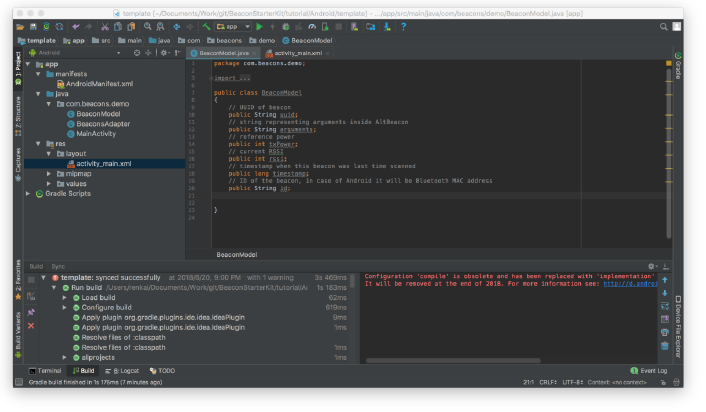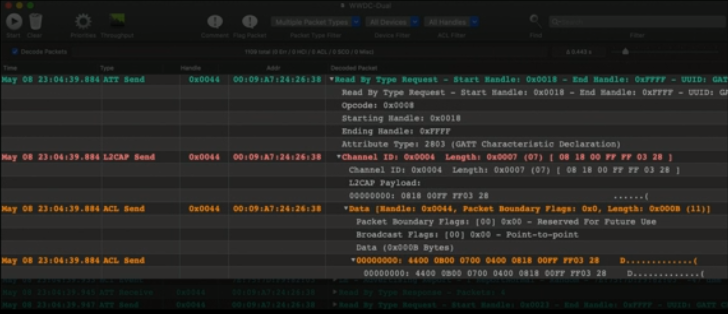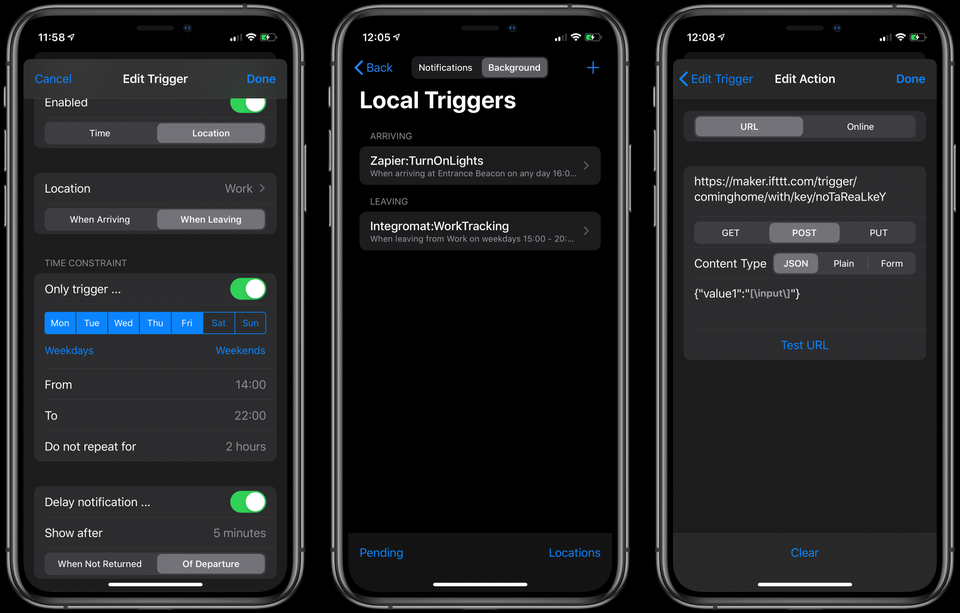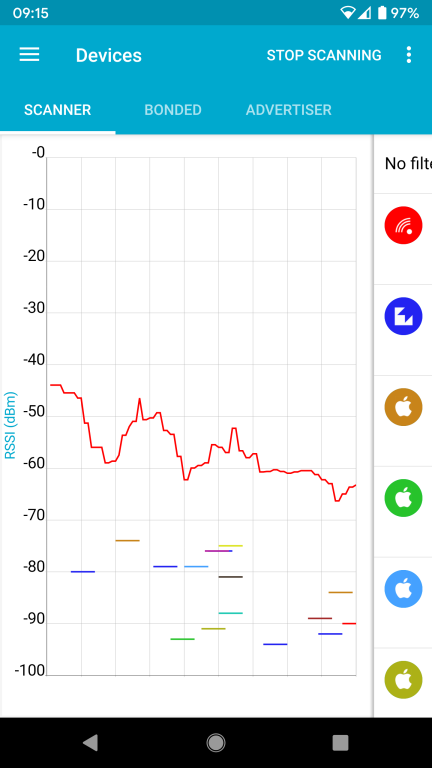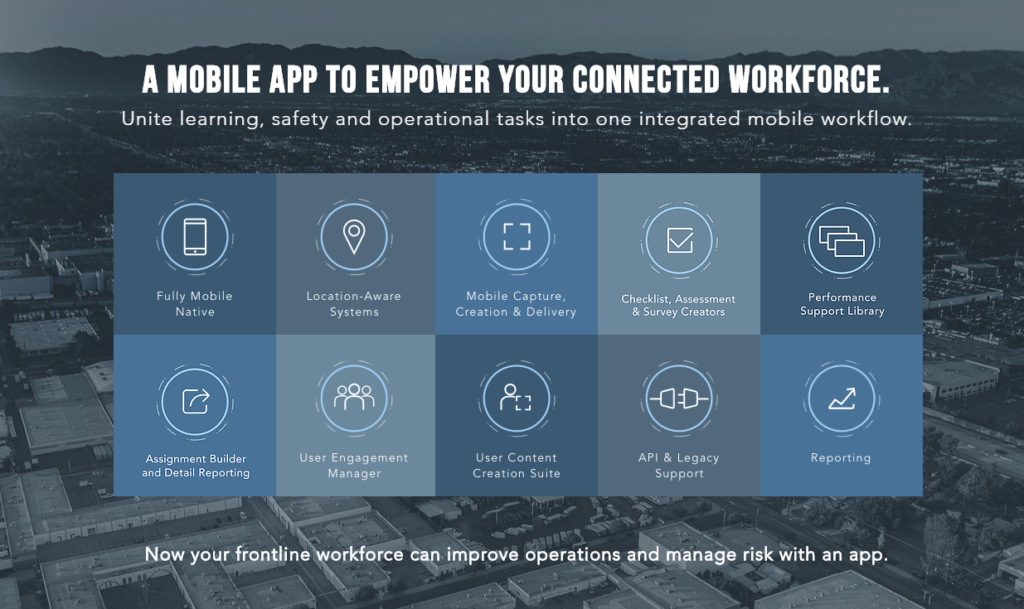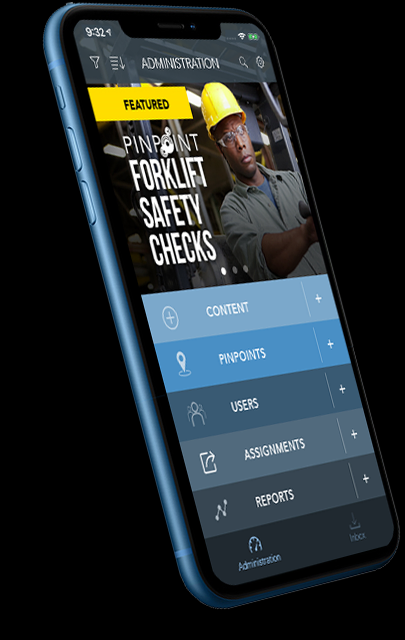Nordic Semiconductor, the manufacturer of the System in a Chip in beacons and other smart devices has a new iOS CoreBluetooth Mock Library. The library allows an app to be used with dummy Bluetooth calls rather than real APIs.
The main use is for automated testing. If testing code on a server or test bed you want tests to run reliably and predictably so that you can get a pass or fail indication. Replacing the wireless part of the app allows other parts of the app to be tested.
The library also has other uses:
- Taking screenshots without setting up a particular physical scenario
- Developing code quicker through better repeatability
- Developing code without need of a physical phone or tablet
- Developing code when a Bluetooth peripheral isn’t available yet and/or is still under development
A caveat is that this library is for CoreBluetooth and not for CoreLocation. The former is intended for communication with devices that are not iBeacon. Apple forces you to use CoreLocation to detect iBeacons because they don’t provide the standard Bluetooth advertising via CoreBluetooth when seeing iBeacons.
The CoreBluetooth Mock Library is useful for detection of non-iBeacon Bluetooth devices such as fitness trackers, health monitors, Eddystone beacons and sensor beacons.
